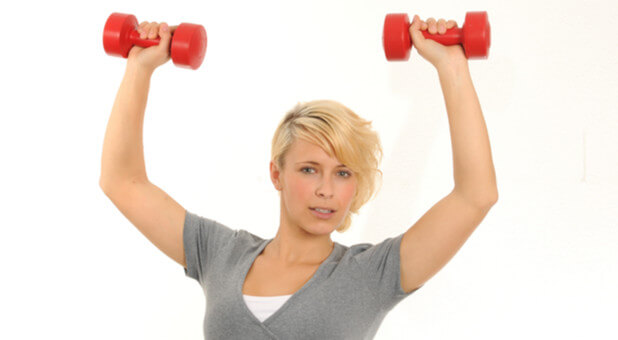STRETCHING THAT FITS Stretching is something we tend to forget in fitness programs, but it is paramount to our overall health and well-being. Let’s take stretching through the FITS formula.
Frequency Muscles require more blood during exercise, so the body sends it to whichever muscles are being recruited the most. You need your blood to be dispersed evenly once you have finished to prevent blood clots.
Stretching is what allows your muscles to perform at their best the next time you work out. You should stretch before and after each cardio and muscle workout. I also highly recommend that you add at least one day a week when you stretch for 30 minutes solid.
Intensity Go slowly and work hard when you stretch. Be sure you breathe correctly.
Time You can stretch out in five to 10 minutes. Concentrate on stretching the muscles you know you will be using.
The key to stretching is to “breathe through.” Take deep breaths and allow the muscle to release and relax. Over time you will find your flexibility increasing and your performance improving as a result of stretching.
Style Of the different types of stretching, I recommend rhythmic limbering and static stretching.
Rhythmic limbering is warming up the muscles you expect to utilize in a workout. You are performing the exact movements but with less intensity.
For example: Before an aerobics class, your warm-up should include limbering and static stretches, especially if you are to perform high-power moves such as kickboxing. You should cool-down with limbering moves until the heart rate declines slightly. Then static stretch the lower and upper body as well as the back.
A static stretch is done by holding a position for a few seconds and breathing through. For instance, with a quad stretch, you stand, holding your foot so that your leg is curled behind you. Without bouncing or moving, you stretch the quad muscles out by holding the position for a few seconds and breathing.
Exercise, especially resistance training, makes the muscles tight. Without stretching, over time you will lose flexibility, leaving you susceptible to injury.
Stretching is preventive maintenance. The more mobile you are, the less likely you are to pull a muscle.
In order to live a healthy life, you must include all three pillars of fitness–cardiovascular capacity, muscle strength and endurance, and flexibility–in your weekly regimen. These fundamentals are much more complex than I have indicated, but now you have a good base and can begin customizing a program that works with your goals, personality type and temperament.
Now let’s get started! You’re on your way to a more active lifestyle and a healthier you.
Lorraine Bossé-Smith is the author of Finally FIT! (Siloam), from which this article is adapted.











































